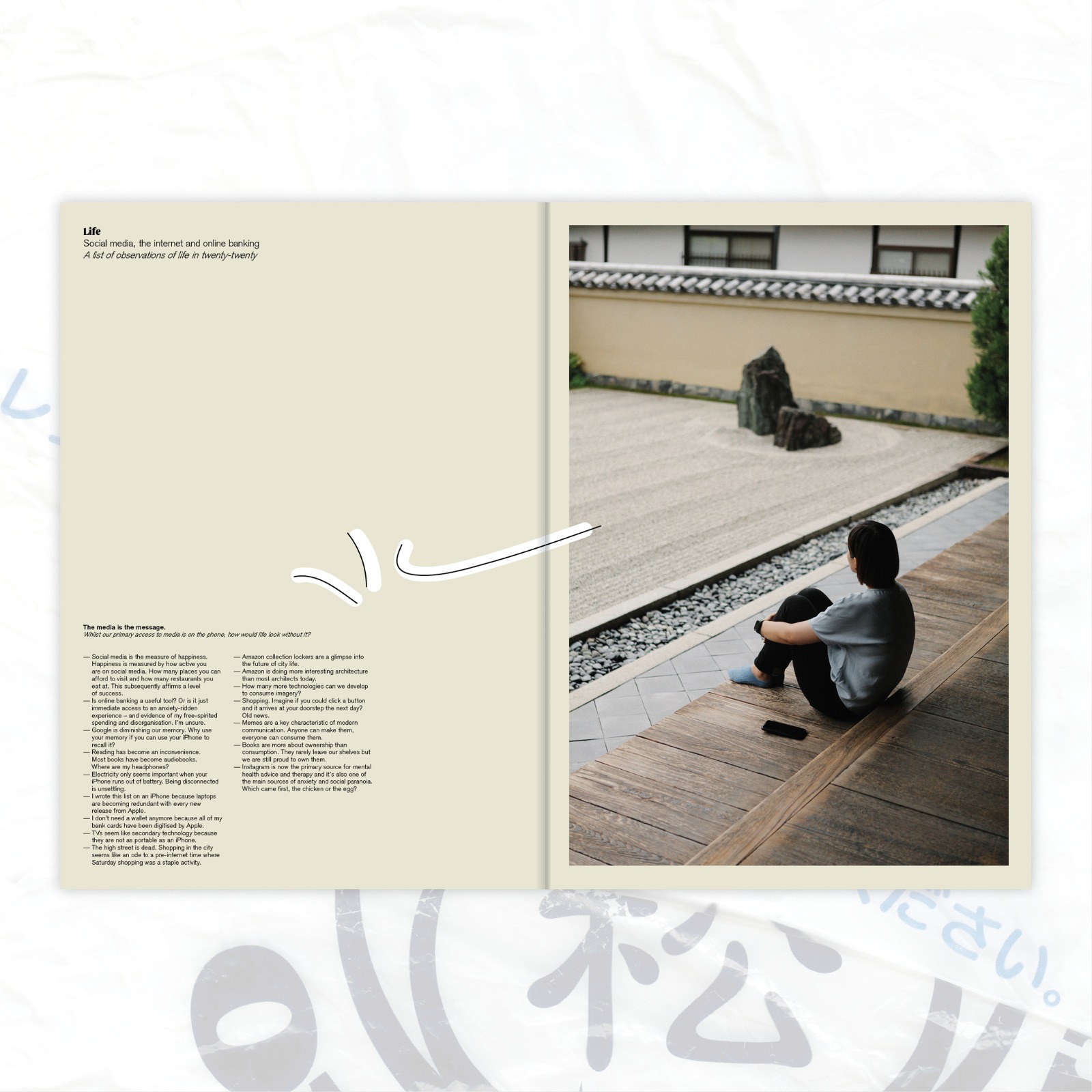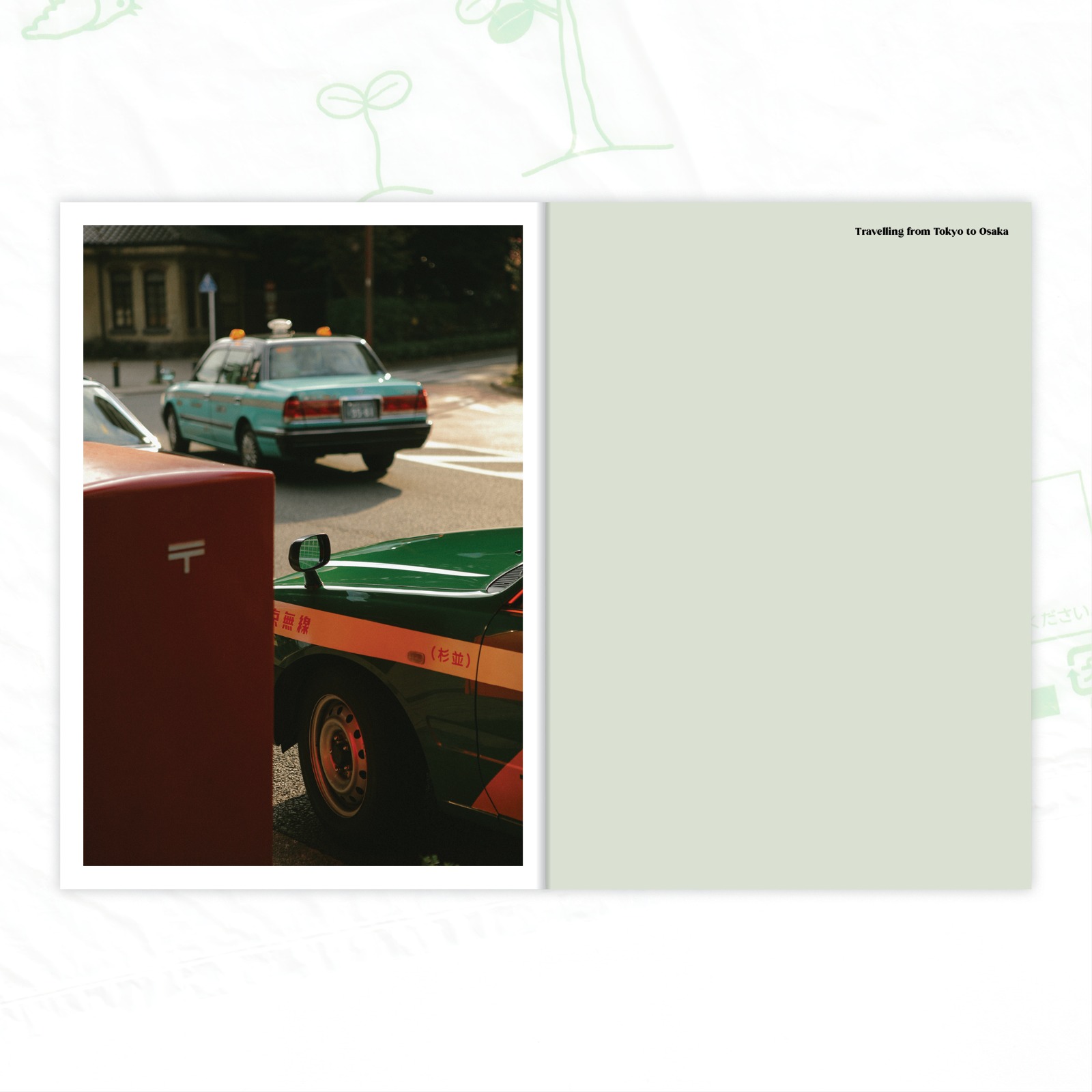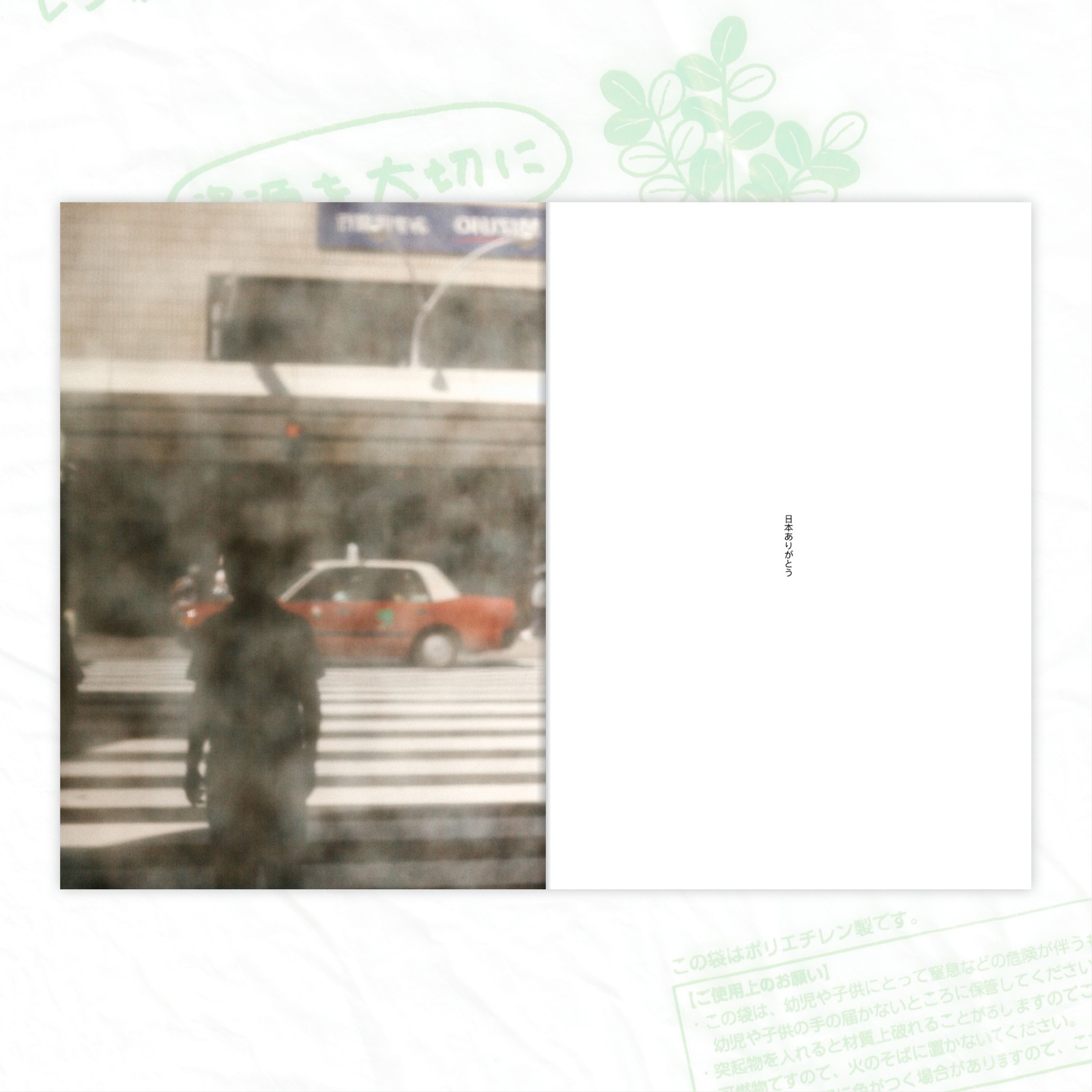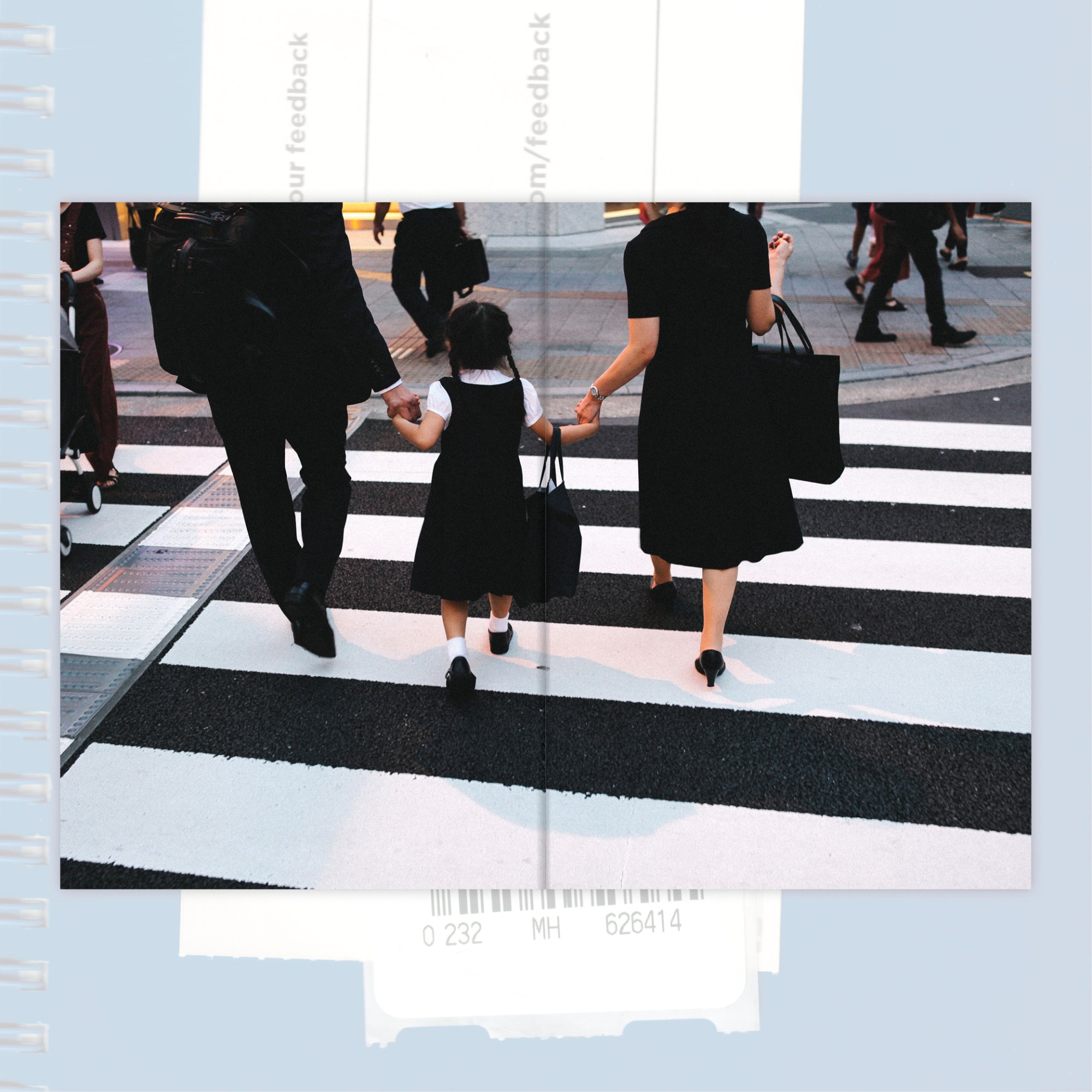For his latest project, Mark Manzi found himself outside of his comfort zone. For the Amsterdam-based photographer and designer, People of Japan was an attempt to break from his photography-first portfolio. “In the past, my work was very image-focused, whereas with this book I wanted to scan objects, collect receipts, record noises, add copy, and really create something visually striking,” he says.
In 2019, the photographer took a trip across Japan, from Tokyo to Osaka, seeking to capture scenes of daily life as he went. Since Japanese cities have very few rubbish bins for public use — most were removed following the 1995 sarin gas attacks and a cultural aversion to littering meant they never needed to be replaced — Mark would regularly accrue a collection of ephemera from his daily adventures. “I’d look at the stuff and really think back on the day, which helped me create more of a story from the items. Also, Japanese design is fantastic. My favourite item was a disposable bag I got in Takayama, because of the struggle I went through explaining to the vendor that I just wanted to buy a bag — not her apples.”
The resultant work is an intricate observation of the quotidian and digital culture’s role within it, captured from an outsider’s perspective across a number of Japanese cities: a schoolgirl crosses a street clutching her parents’ hands, her uniform and satchel not unlike their business casual attire; a young woman purses her lips as she scrolls down on her phone in the rain; another looks off into the middle distance, her phone sitting blankly by her side. It is a picture of serenity.

These familiar scenes are documented through a selection of images and words — the latter provided by collaborator Paul Humphries. When Mark invited the London-based writer and architect onto the project, he did so knowing that the multi-disciplinary artist would bring a different perspective to the table. But Paul was a little nervous. “Nearly all of my writing to date has been grounded in the subject of architecture. So, this book was the first time I really stepped out of the sphere,” Paul tells i-D.
“I was definitely cautious about writing about Japan as I’m not Japanese,” he adds. “The common thread in the project was technology though, which is obviously both very global and deeply ingrained in Japanese culture. So, I chose three topics which I could write about personally but would reflect these themes in the imagery and objects: work, life and family.”
Paul says that he wrote based on observation, but also about a few fictional scenarios. “Some of which soon became reality!” he points out. Such as “working from home, or in cyber offices. I think what stood out to me, in a comical way, is that social media is essentially now a measure of our happiness, broadly speaking.”
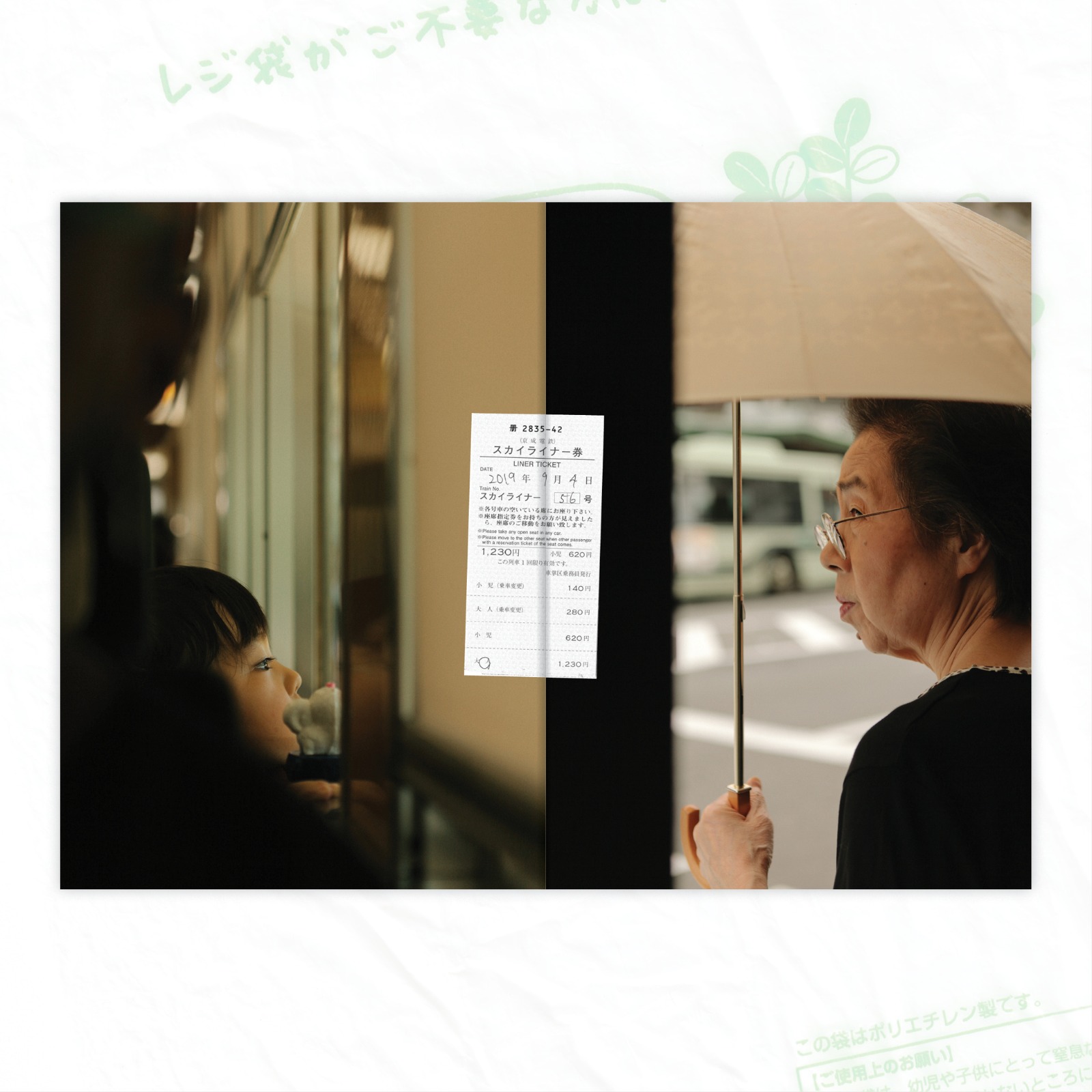
Identity, technology and existentialism were themes he kept returning to throughout the project. “Instagram is now the primary source for mental health advice and therapy,” reads one of his observations under the ‘life’ banner, “it’s also one of the main sources of anxiety and paranoia. Which came first, the chicken or the egg?” Which indeed!
While working on People of Japan, a major influence on Paul was the work of Korean-American artist Nam June Paik, about whom a retrospective was being exhibited at the Tate Modern near his office. “He actually worked a lot in Japan early on in his career, and he made a lot of predictions about mass media and tech which would later become reality — the internet for example. Even though the machines he used in his work would be considered vintage nowadays, it was still surreal to me.”
As for the imagery itself, Mark says he found inspiration in Japanese woodblock printing when looking for ways to structure his spreads. “The work of Hokusai is fantastic for looking at how to frame information in an image,” he says, something reflected in his attention to detail when layering different mediums. “I’m trying to put myself in the eye of the viewer, so I’m careful with what is shown and what isn’t. I want to take images that stand the test of time.”
